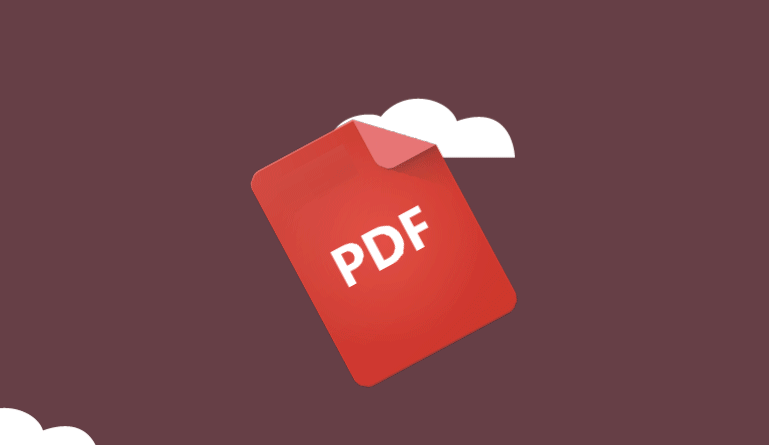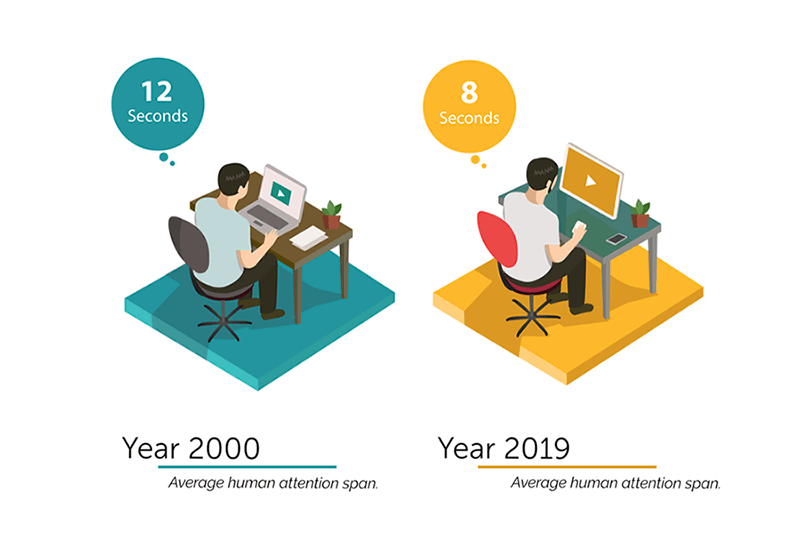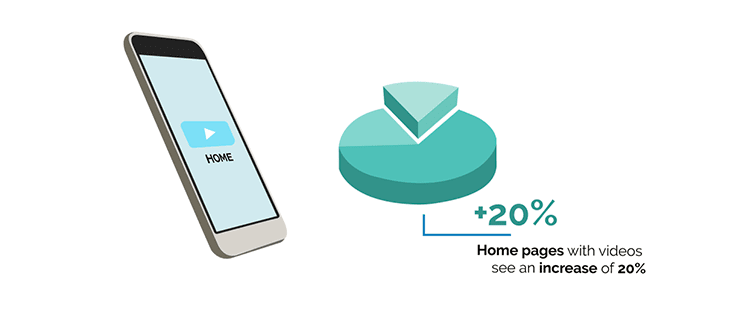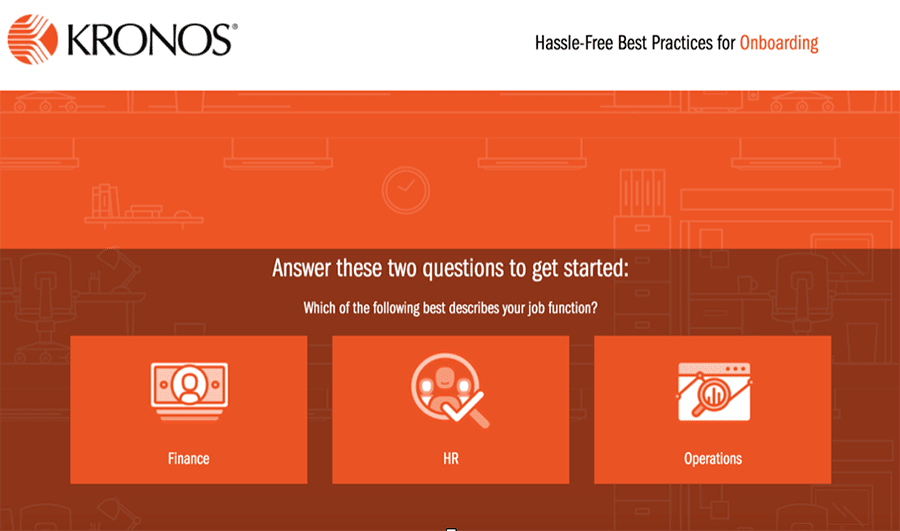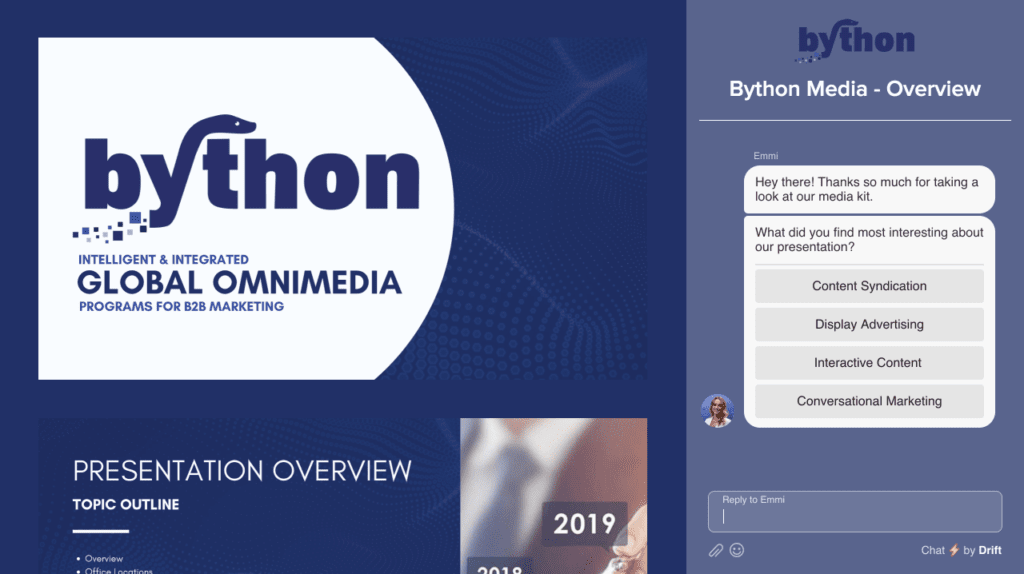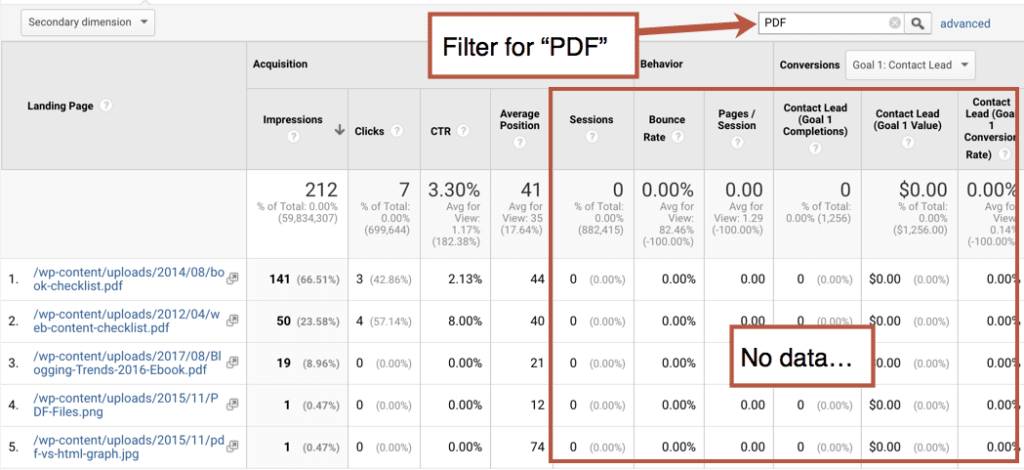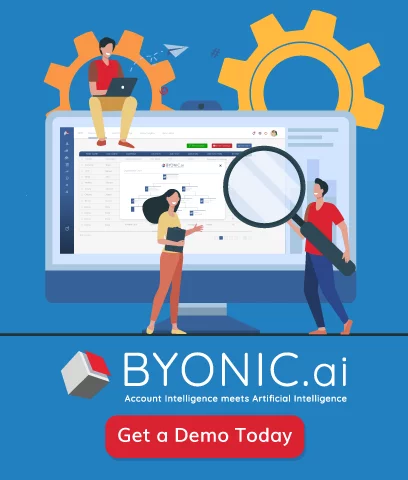written with Andy Crestodina, Chief Marketing Officer and Co-Founder, Orbit Media Studios, Inc.
The use of PDFs has been standard for a long time in the world of content marketing. Companies use PDFs to create almost anything from infographics to eBooks aimed at engaging and educating prospects.
The typical scenario when promoting these types of assets is to develop a landing page with a gate that requires a form fill for the visitor to access the content. Initially, this was an excellent strategy to generate net-new leads and build a pipeline. However, as this practice has become widely adopted by B2B marketers, saturation has occurred and diminishing returns has become the result.
There are many reasons this has happened, most of which are a result of the file format itself. PDFs are a static, passive reading experience with limited search value to drive traffic and provide very little in the form of analytics.
The reason content marketing assets using this file format are becoming less effective is quite simple: They are less engaging, harder to promote and difficult to gain insights for optimization via analytics.
In this article, we aim to address four key components on why it may be time to abandon the PDF for different approaches that can ultimately solve the problems content marketers face from using this medium.
ENGAGEMENT
It’s 2019 and the average attention span has become shorter and shorter. According to a study by Microsoft, the average attention span for adults has decreased from 12 seconds almost 20 years ago to just a mere 8 seconds today.
Think about that in the context of the universe of long-form content that is being churned out by companies and agencies alike.
Do your prospects have the bandwidth to thoroughly read a 20+ page eBook? As the content creator, do you have the mental stamina to take in such a copy heavy research report? Most likely not.
There is a need now, more than ever, to take a different approach to create new content for our audiences. Luckily, there are other great mediums to use to address this issue.
VIDEO
Video has been long heralded as the “King of Content” for good reason. As visual creatures by nature, we find videos to be inherently more engaging. Comprehension and retention are also much higher when using video as a tactic. Pop Video noted that viewers retain 95% of the information presented. Contrast that with the 10% retention rate of readers and the difference is exponential.
The benefits of video are not just limited to comprehension and retention. There is a huge lift in conversions when leveraging video as well. Landing pages that integrate video see a conversation rate increase of 80% and home pages with videos see an increase of 20%.
Technological advances in the video space have made it a more practical option for B2B marketers as well. Video streaming platforms such as Brightcove allow users to place forms within videos now so it can be used as a lead generation tool. The form fills can be delivered to your Marketing Automation Platform and add net-new leads to your funnel.

Content promotion is another reason why video is an excellent strategy to take. Video is agile from a promotional perspective. On social media networks such as LinkedIn, video is by far the most engaging media type. Even though you could link or embed a whitepaper into a status update from your company, you would attract more engagement from your prospects with a video summary of the whitepaper instead.
INTERACTIVE CONTENT
Video is not the only method that can be used to increase engagement and conversions.
Over the last few years, savvy marketers have started using a new way to present their content marketing assets: Interactive Content. This relatively new medium has seen an increase in adoption by content marketers.
Interactive Content allows marketers to create web-based experiences that require interaction. It comes in many forms such as assessments, quizzes, calculators, and interactive versions of eBooks and whitepapers. The major tenet of using this format is that the content is no longer a “monologue,” in which the prospect passively reads content in a static format. By leveraging participatory elements such as quiz questions and hover reveals, the content instantly transforms into a two-way conversation. A “dialogue” is formed between the reader and the content, which in turn makes the experience much more engaging than the traditional PDF.
Interactive content helps to address the issue of personalization that customers demand and an increasing challenge that brands face. Ryan Brown, Head of Brand Strategy at Ceros said, “Individuals want to be engaged with personalized, and personable experiences. They’re looking to build deeper connections with brands and products. The brands that invest in crafting a memorable, engaging digital experience through interactivity are seeing massive improvements in marketing performance.”
Interactive content addresses one of the key problems associated with PDFs as well. There is limited analytics that can be gleaned from a PDF. All you really know is if the PDF has been downloaded or not. The person who downloads the PDF may move it directly into the recycling bin, read it again, or print it out to share with colleagues. You really have no visibility into the next steps a person takes once they download the asset.
With Interactive content being fully web-based, you get a clear view of how the content is consumed and what parts of the content resonate with your audience. You also have a better understanding of the bounce rate, how readers are interacting with the content, and if they are truly comprehending the material that is being presented to them.
Certain vendors in the interactive space take it one step further.
For example, within the interactive content tool from ion Interactive, users can integrate assets within Salesforce through their “Sell-Side” feature. “Sell-Side” shows a visual timeline of all the pieces of content a lead has engaged with and this is an excellent sales enablement tool for business development representatives and account executives who are ultimately speaking with these prospects.
Instead of the traditional call of “I saw that you downloaded our whitepaper,” the salesperson can speak specifically on what part of the content resonated with the potential lead. Maybe they spent 80% of their time focused on the subject within Chapter 3 of your eBook or identified specific pain points through an assessment. This information is valuable and will make for a more positive conversation for the salesperson and prospect alike.
Finally, interactive content provides a solution for one of the larger debates in content marketing: Content Gating. There is a concept called “Flex-Gating” which is unique to interactive content. Flex-Gating refers to the ability to place a gate anywhere within the asset. This allows for the prospect to consume a portion of the content prior to converting. By using this strategy, readers don’t feel a “bait and switch” from downloading an asset that doesn’t match their expectations. This leads to a more engaged prospect as they don’t feel they were tricked into being in a company’s marketing funnel by downloading content that is not relevant to them.
CONVERSATIONAL MARKETING
In the past few years, there has been an evolution in the capabilities and use cases for chatbots. With these advances, the technology has taken on new positioning in the MarTech space and is commonly referred to as Conversational Marketing.
Conversational Marketing can assist in the process of increasing engagement for static PDFs. Drift, a leader in Conversational Marketing, has introduced a new feature to its’ platform called “Conversational Content.”
“Conversational Content” allows for the ability to integrate a customized chatbot within a PDF. It takes the form of a web-based experience where the chatbot is presented side by side with the content. The bot can be used to ask additional qualifying questions, schedule meetings or demos with sales, as well as get feedback to assess how the content is resonating with your audience.
Bennett Boucher, partner sales manager at Drift, said, “My favorite part of conversational content is that you can engage with the prospect/reader on their terms. Why lock up awesome content? You should share it and engage with them on their terms. Thought leaders convert.”
SEARCH
The need to abandon the PDF goes beyond just engagement and analytics. The proverbial 800-pound gorilla in the room when it comes to using this format for content marketing is that PDFs provide little to no value from a search perspective. Implementing search engine optimization for your content is an integral part of driving organic traffic and must be part of your strategy.
Here is an overview of why PDFs don’t work for search and how other strategies are more fruitful for SEO:
Yes, PDFs do sometimes rank. But no, that doesn’t mean that they’re good for SEO. They have none of the advantages of a webpage. Think about it:
- PDFs aren’t mobile-friendly or easily accessible, all of which are likely search ranking factors.
- PDFs don’t contain JavaScript, so they aren’t tracked in analytics. If your PDF goes viral, you will never know.
- PDFs don’t contain search-friendly metadata, such as robots’ tags, and may only be searchable within a website.
- PDFs contain schema tags, but it isn’t typically extracted by search engines and presented in search result pages.
Since PDFs are void of JavaScript, Google has no way of knowing all the user-interaction signals, such as time on page and pages per visit. If your visitor spends 20 long happy minutes on your PDF and then clicks over to your homepage, Google will never know. For a webpage, that would normally send a positive signal to Google. But since it’s a PDF, that interaction isn’t tracked.
User signals are a key search ranking factor.
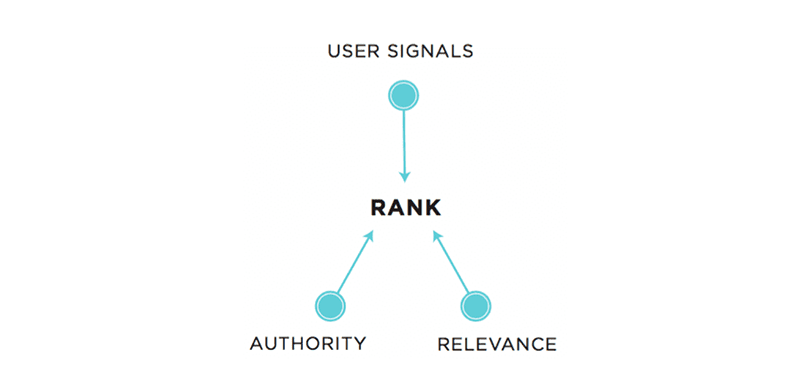
Source: SEO Basics, Orbit Media
PDFs don’t appear in analytics, except in one place. They do appear in Google Search Console when they rank, but because they have no tracking codes, all but the ranking metrics are blank. Try filtering your Acquisition > Search Console > Landing Pages report for “PDF” and here’s what you’ll see:
There are no SEO experts who recommend them for search friendliness. They are typically found in key phrase sets with very low competition such as niche academic topics. They seem to be the ranking of last resort, “Well, we don’t have anything else relevant to show this guy. Let’s give him these PDFs.”

People upload PDFs because it’s sometimes easier than making a webpage. They are the rust of the internet.

